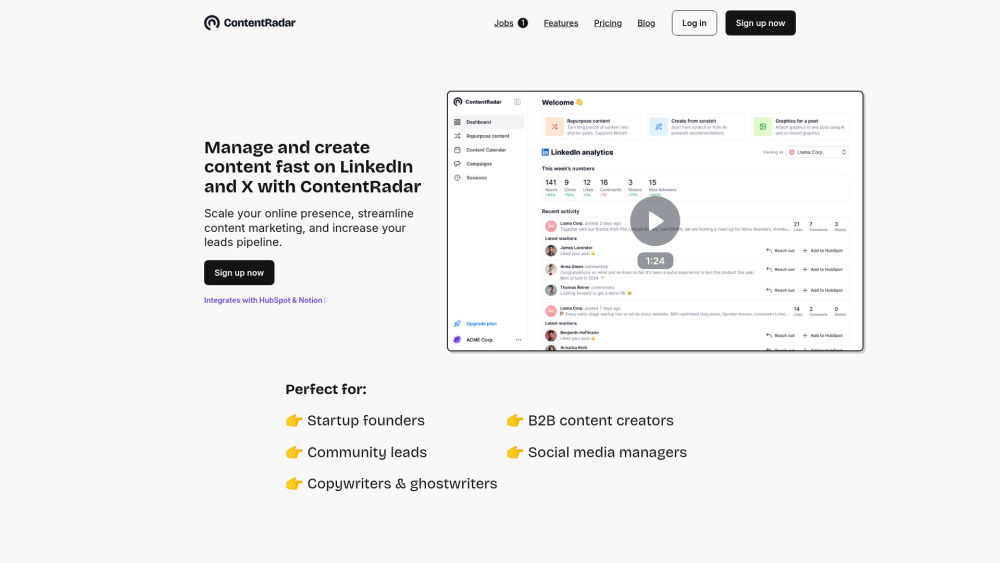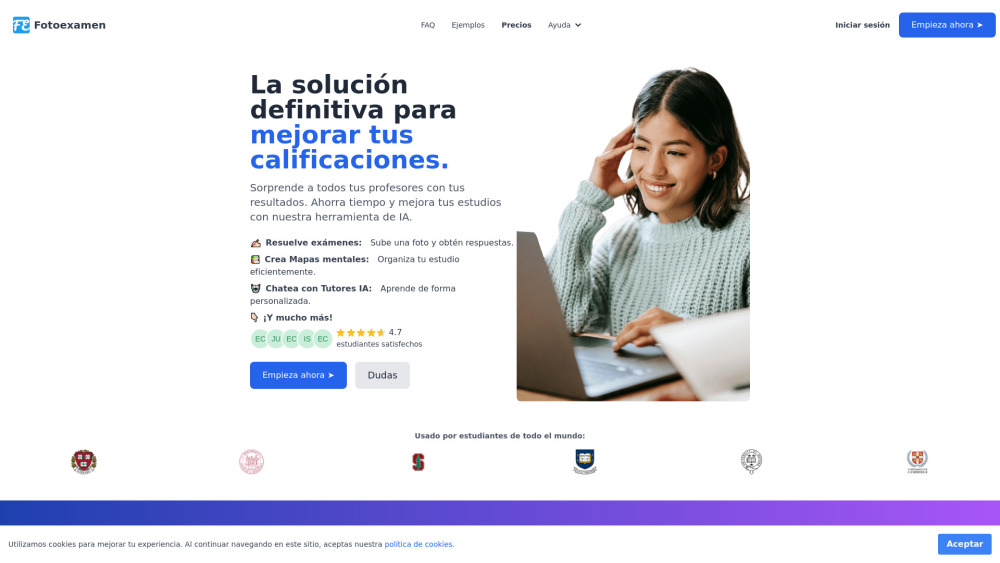During the recent City Quantum & AI Summit organized by the Lord Mayor of London, a panel discussed how the fusion of Quantum and AI technologies can address crucial global issues. The session began with a cautionary note on the risks posed by Quantum computing to existing encryption methods, highlighting the urgency to adopt more robust cryptography solutions. Steve Suarez, founder and CEO of HorizonX, shed light on the significance of prioritizing post-quantum cryptography (PQC) despite current low probabilities of encryption breach.
Suarez drew parallels between the perceived risks of Quantum computing and unforeseen events like the 2020 pandemic to emphasize the need for proactive measures. He pointed out that governments, including the U.S., are mandating PQC compliance, with major tech players like Apple and Zoom already integrating PQC algorithms into their systems post-NIST guidelines release.
The discussion then shifted towards exploring the applications of Quantum and AI from both governmental and corporate perspectives. Julia Sutcliffe, chief scientific advisor at the Department of Business and Trade (DBT), underscored how Quantum technology could support key government missions such as economic growth, clean energy, and healthcare improvements. The potential of Quantum in enhancing drug discovery processes was further elaborated by investment manager Ala Alenazi, who emphasized the synergy between AI and Quantum in accelerating drug development timelines.
Hans Henrik Knudsen, the CEO of Kvantify, delved into the unprecedented capabilities unlocked by quantum computers in simulating complex biological processes to discover new pharmaceutical treatments. He emphasized the symbiotic relationship between AI and Quantum in revolutionizing drug discovery by enabling deeper insights into molecular interactions and their impacts on the human body.
Overall, the panel discussion showcased the transformative potential of Quantum and AI collaboration in revolutionizing healthcare, cryptography, and scientific research. By harnessing the unique strengths of both technologies, researchers and policymakers can address critical challenges more effectively, paving the way for groundbreaking innovations that benefit society as a whole.





